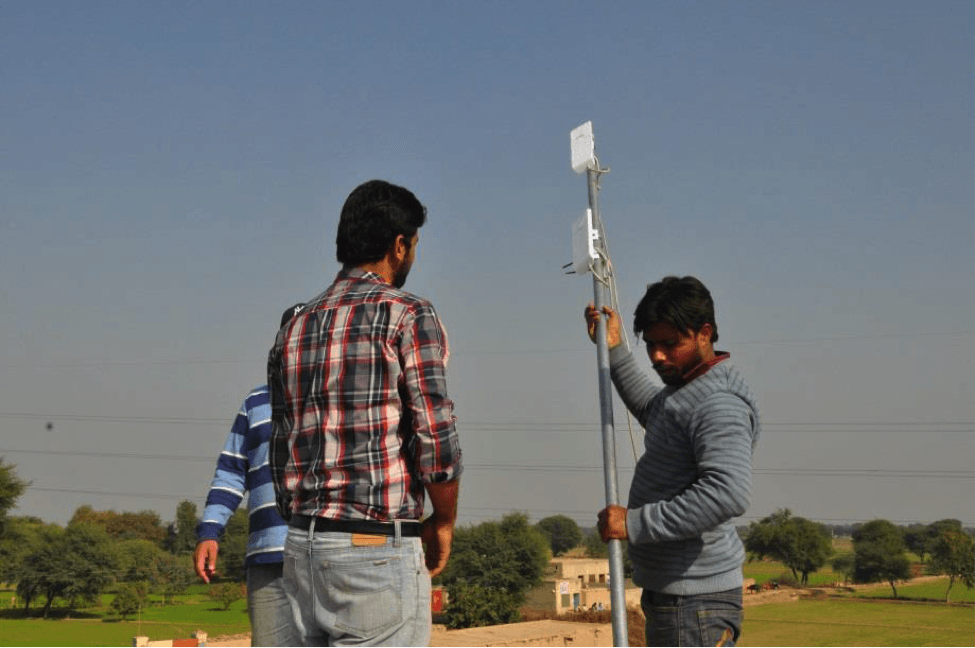Coming from the urban part of Pakistan, the Internet is nothing new for me and not as novel anymore, as I have been using it every day for the past many years. However, for many who don’t have access, it can indeed be a thing of wonder that can be used to connect, communicate and collaborate. This is something I realised during the first phase of our ‘Wireless for Communities’ (W4C) pilot project in Pakistan.
Today, wireless technologies are an excellent alternative, especially in countries that are lagging behind regarding getting the Internet to rural communities. Embracing Internet Society’s vision that the Internet is for Everyone, W4C is the Internet Society Asia-Pacific Bureau’s award-winning project that follows a holistic approach to community-based wireless networks which provide much-needed connectivity in rural and underserved environments in South Asia. The project has been running successfully in India for the past five years and has very recently made an entry into Pakistan and Nepal.
In Pakistan, the W4C pilot project was carried out with COMSATS Internet Services, which is our local partner. Structured in four phases, the first phase of establishing connectivity was completed in December, when together with a team of network engineers, we spent two eventful days at ‘Chak-5 Faiz’,our project site, located near the city of Multan.
This ‘180 feet tri-polo tower holding Sector Antennas’ (base station) provided a decent 2 kilometres coverage area in a scattered community comprising several small villages. The most immediate ‘to be connected’ need came from a girls and a boys school situated closer to the base station, and there were sheer moments of both delight and gratitude in these schools. The computer lab teacher (video) at the girls’ school told us about the struggle to have a working Internet connection and that the W4C project will enable students to learn about and be part of the online world. The situation at the boys’ school was similar; we saw both smiles and anxiety on faces while we installed the Internet connection and a computer in the school – both teachers and students were energised to use the Internet in their teaching and learning.
Our next task was to connect the community (client) side that brought even more worth to our work. We first needed to secure an elevated position to install our client antenna, and without any hesitation, a local villager offered his property when told that we were there to offer the Internet. News of our work spread like a wildfire to nearby villages, and we had several asking if we were able to offer a W4C site to them as well – I wish we had a Magic Internet Stick which we could just wave to make it happen!
The day passed with us working to configure the client side with the base station, speaking with villagers and listening to their need for reliable connectivity. Not surprisingly, one of the most valuable uses of the Internet we heard from them was to make calls over the Internet to be able to communicate with their loved ones abroad. This person told us (video) how he feels about W4C coming to his village.
Access to the Internet is still a dream to many – some half of the world’s population remains offline – and our W4C project is a small effort to help connect the unconnected, and provide a best practice example that others can replicate.

